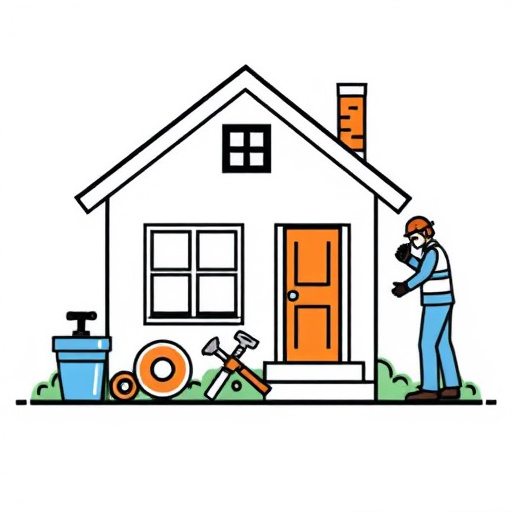Winter bursting, caused by expanding frozen water in pipes, leads to costly damage. Pipe insulation wraps prevent this by protecting pipes from freezing temperatures, saving homeowners from repairs. Choosing the right material – fiberglass, foam, or rubber – and correctly measuring & installing wraps is crucial for effective home repairs during cold seasons. Regular inspections and proper maintenance extend the life of insulation, safeguarding plumbing systems from winter damage.
Protect your home from costly winter bursts with pipe insulation wraps. In freezing temperatures, pipes can expand and contract, leading to stress and eventual rupture. Understanding this phenomenon is key to preventing damage. This article explores the critical role of pipe insulation wraps in safeguarding your plumbing system. We’ll guide you through choosing effective materials, provide step-by-step installation instructions, highlight common mistakes to avoid, and offer maintenance tips for long-lasting protection during those chilly seasons, ensuring smooth home repairs.
- Understanding Winter Bursting and Its Impact on Pipes
- The Role of Pipe Insulation Wraps in Prevention
- Types of Pipe Insulation Materials and Their Effectiveness
- How to Properly Install Pipe Insulation Wraps
- Common Mistakes to Avoid During the Installation Process
- Maintenance Tips for Long-Lasting Protection
Understanding Winter Bursting and Its Impact on Pipes
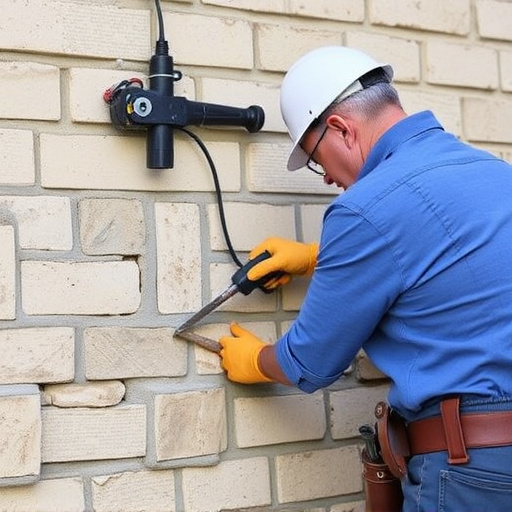
Winter can be a harsh season for pipes, leading to a common and costly problem known as “winter bursting.” As temperatures drop, water inside exposed pipes may freeze, expanding and putting immense pressure on the pipe’s walls. This force often results in bursts or leaks, causing significant damage to homes and requiring urgent home repairs.
The impact of winter bursting goes beyond financial losses; it can disrupt daily life and lead to uncomfortable and stressful situations. Water damage from frozen pipes can affect insulation, walls, and even cause ceiling leaks. Prompt action is necessary to prevent these issues, which includes insulating pipes effectively with wraps designed for cold climates. By taking preventive measures, homeowners can safeguard their properties and avoid the hassle and cost of unexpected winter-related pipe damage.
The Role of Pipe Insulation Wraps in Prevention
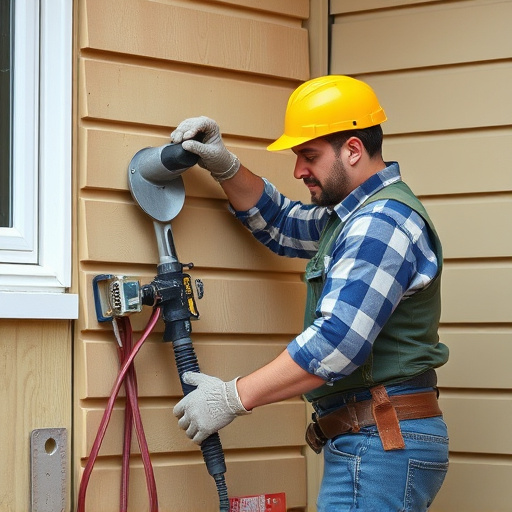
Pipe insulation wraps play a pivotal role in preventing freezing winter bursts during home repairs. These specialized wraps are designed to insulate pipes, maintaining optimal temperatures and protecting them from extreme cold. By wrapping pipes with insulation, homeowners can significantly reduce the risk of burst pipes, a common issue during harsh winters that can lead to costly water damage.
In the realm of home repairs, pipe insulation wraps offer an effective solution for year-round comfort and peace of mind. They are easy to install and provide excellent thermal protection, ensuring pipes remain unfrozen and functional even in subzero temperatures. This simple yet powerful measure allows homeowners to avoid stressful and expensive plumbing emergencies, making it a must-have in any DIY toolkit for seasonal home maintenance.
Types of Pipe Insulation Materials and Their Effectiveness
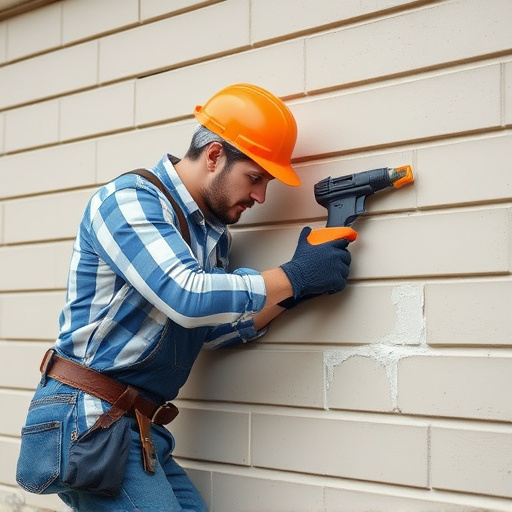
When it comes to protecting pipes from freezing during harsh winters, choosing the right insulation material is key for successful home repairs. There are primarily three types of pipe insulation materials available in the market: fiber glass, foam, and rubber. Each has unique properties that make them suitable for different applications.
Fiberglass insulation, known for its affordability and versatility, offers excellent temperature resistance and can effectively prevent bursts even in extreme cold. Foam insulation, on the other hand, provides superior R-values, making it highly efficient at retaining heat within pipes. This type is particularly ideal for exposed pipes in attics or exterior walls. Rubber insulation wraps are another popular choice due to their flexibility and durability; they create a water-tight seal around pipes, safeguarding against both freezing and burstings. These materials cater to various home repair needs, ensuring that pipes remain intact and free from damage during winter.
How to Properly Install Pipe Insulation Wraps
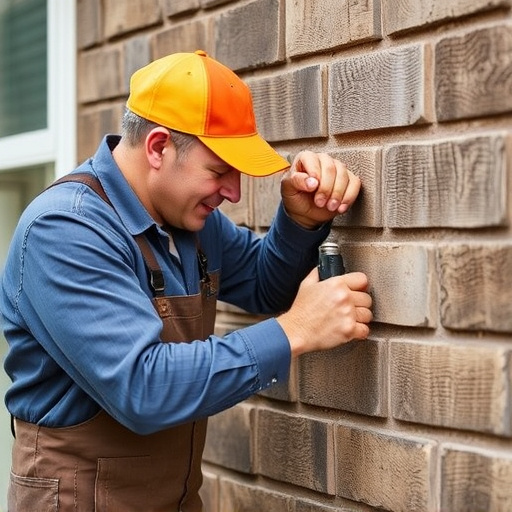
When installing pipe insulation wraps for home repairs during cold seasons, start by measuring the length and diameter of the pipes to ensure the right fit. Use insulation wraps designed for sub-freezing temperatures and specific pipe materials, such as those made from fiberglass or foam. Cut the wrap to size, leaving a few extra inches at each end. Position the wrap around the pipe, ensuring it covers all exposed sections. Secure the wrap with appropriate tape or clamps, maintaining even pressure along the length of the pipe. Check for any gaps or overlaps that might cause issues and adjust as needed. Finally, inspect the insulation for any tears or damage before sealing it tightly.
Common Mistakes to Avoid During the Installation Process
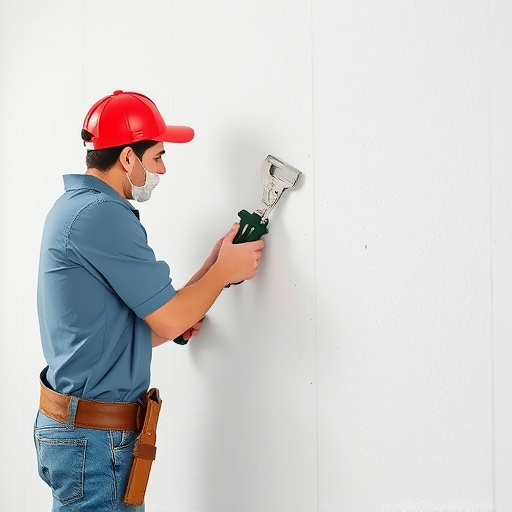
When it comes to pipe insulation wraps for home repairs during freezing winters, avoiding common installation mistakes is key to preventing costly bursts and leaks. One major blunder is inadequate coverage; ensuring every inch of exposed piping is wrapped with the appropriate material is essential. Insufficient insulation leaves pipes vulnerable, especially in extreme cold.
Another frequent error is neglecting the importance of proper sealing. All joints and connections should be sealed tightly using recommended sealants to prevent air intrusion, which can compromise insulation effectiveness. Using low-quality materials or wrapping too loosely are also common pitfalls that can lead to heat loss and pipe damage over time. Homeowners should opt for industry-approved products and follow installation guidelines meticulously to safeguard their plumbing systems during the cold season.
Maintenance Tips for Long-Lasting Protection
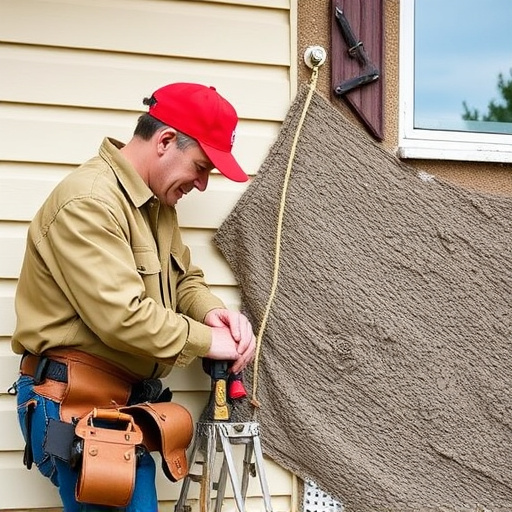
To ensure long-lasting protection from freezing winter bursts, proper maintenance of pipe insulation wraps is crucial. Regular inspection is the first step; look for any signs of damage, wear, or shifting, especially in areas prone to extreme temperature changes. If you notice any issues, it’s important to act promptly.
For optimal performance, keep the insulation wraps clean and free from debris. Use a soft brush to remove dirt and dust regularly. Additionally, check for secure fastenings; ensure all adhesive bonds are intact. Regular maintenance not only prolongs the life of your pipe insulation but also enhances its effectiveness in preventing bursts during harsh winters, thereby saving you potential headaches and costs on home repairs.
Pipe insulation wraps are an effective solution for preventing winter bursts, offering a simple yet powerful way to protect your home’s plumbing system during cold months. By understanding the issue and the role of these wraps, choosing the right materials, and ensuring proper installation, homeowners can avoid costly repairs and maintain efficient heating systems. Regular maintenance is key to ensuring long-lasting protection, making pipe insulation wraps an essential addition to any home repairs checklist.
